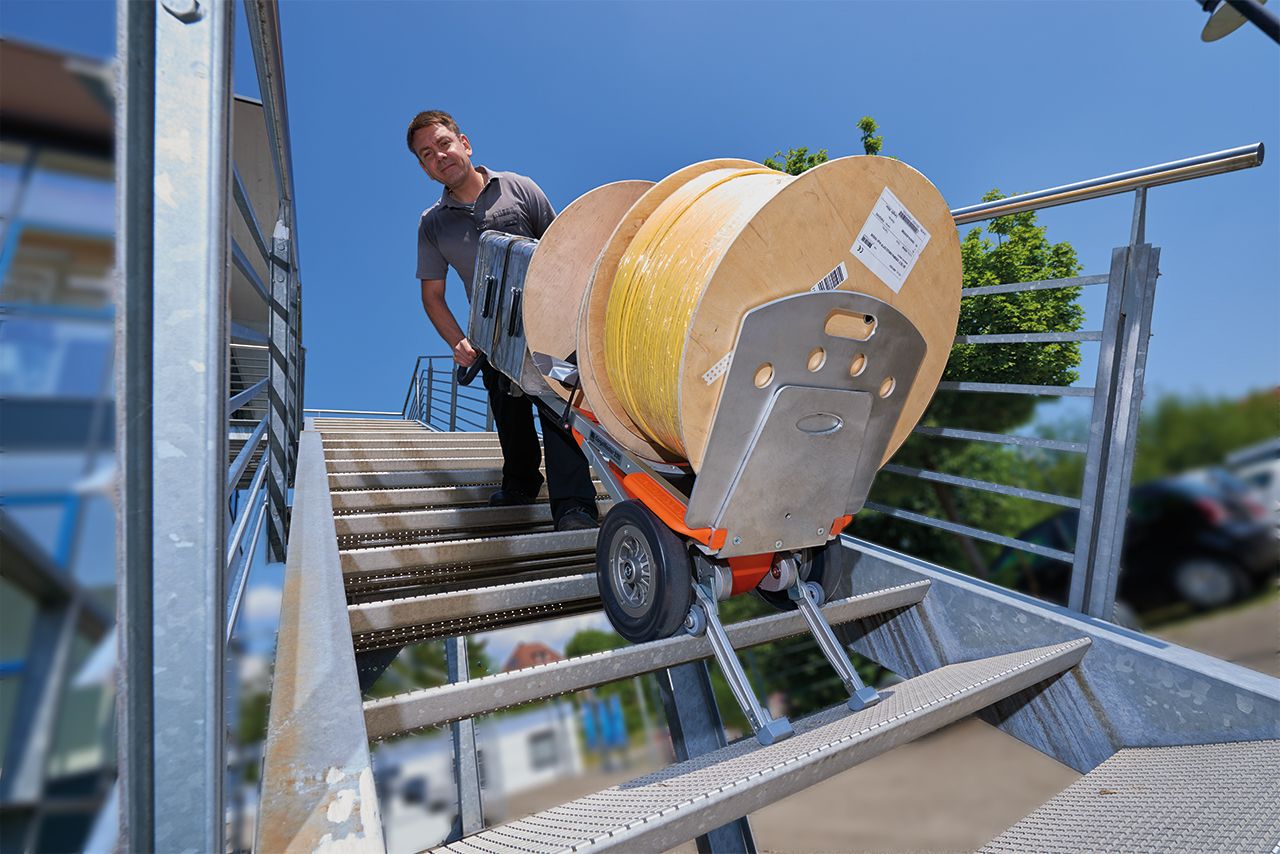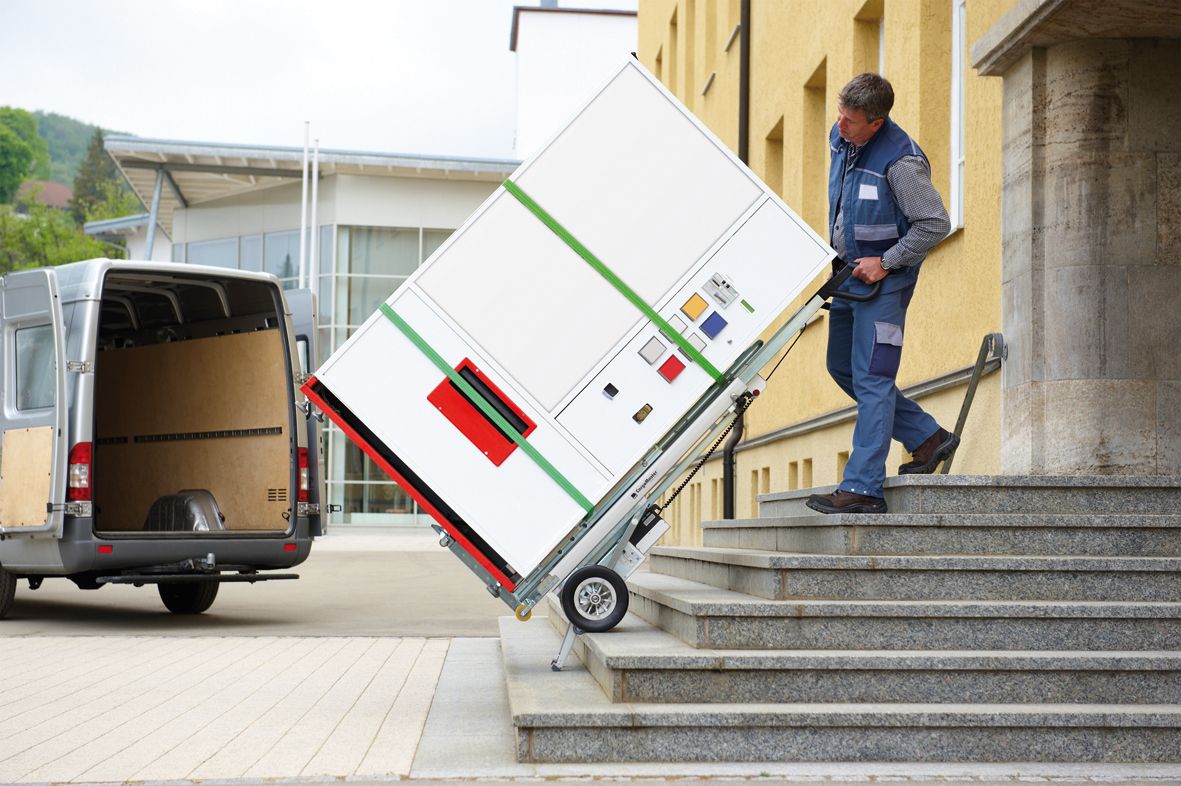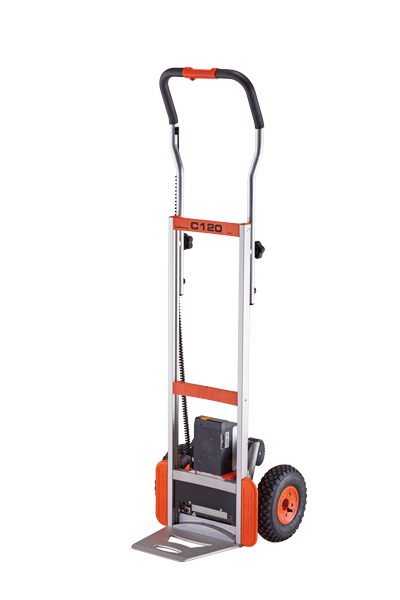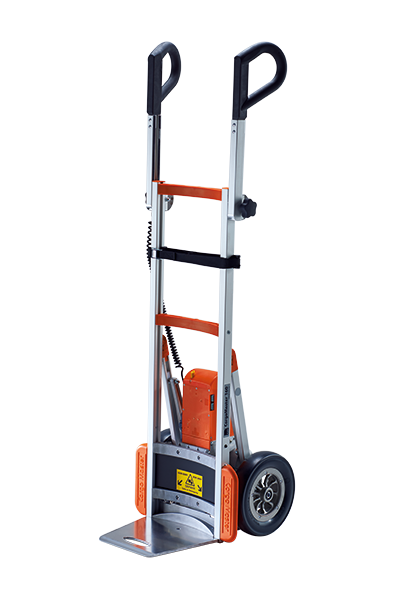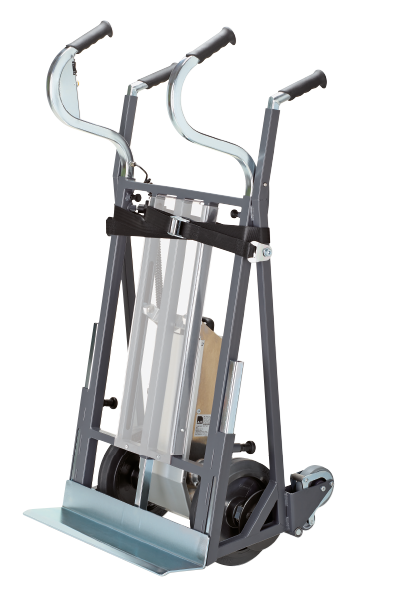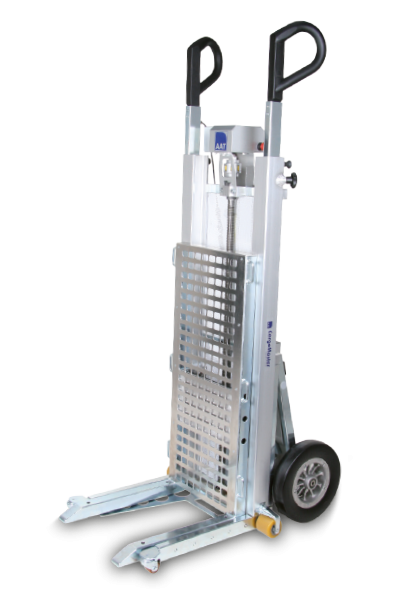The hidden costs of manual load transport
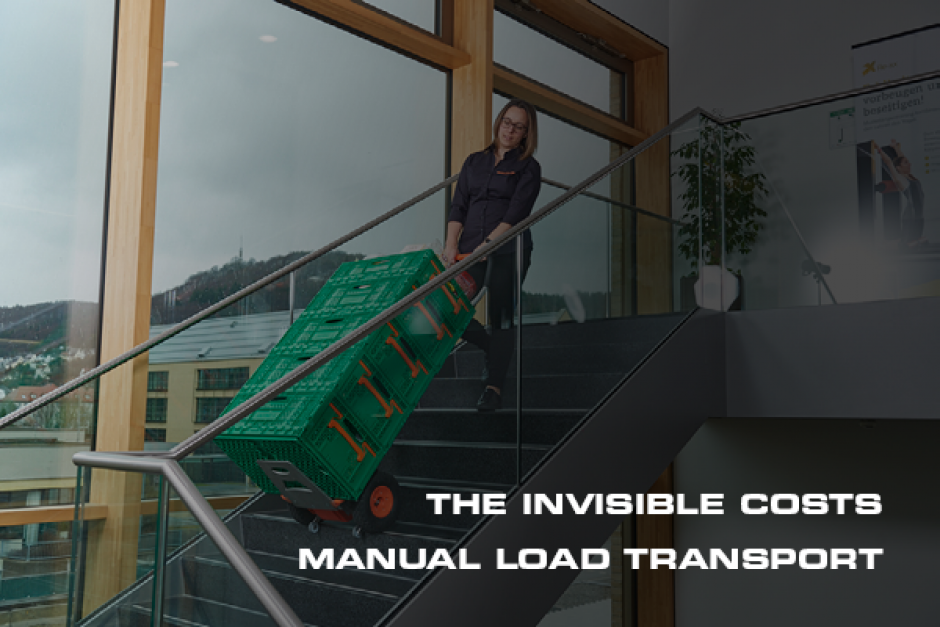
At first glance, manually transporting loads such as boxes, packages, or materials appears to be cost-effective: no equipment is required, only manpower.
However, behind every manual handling operation lies a network of costs that are rarely considered but have a huge impact on operating results and employees.




